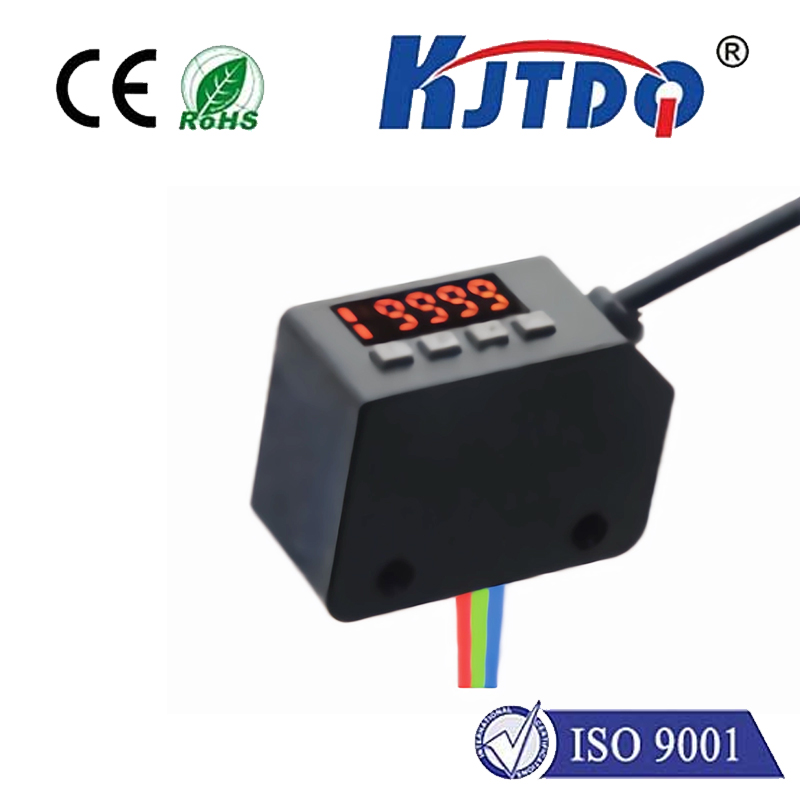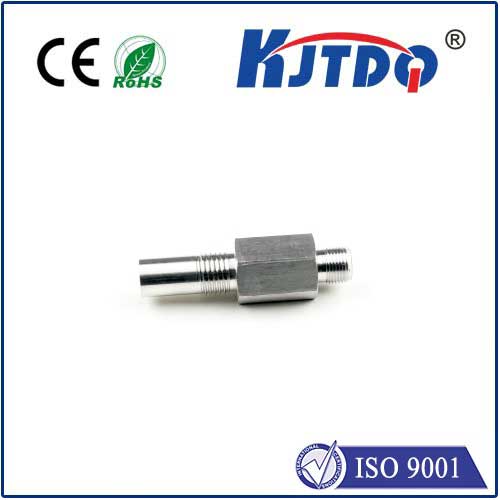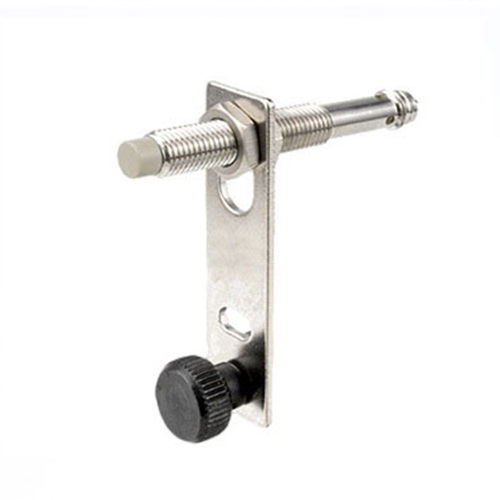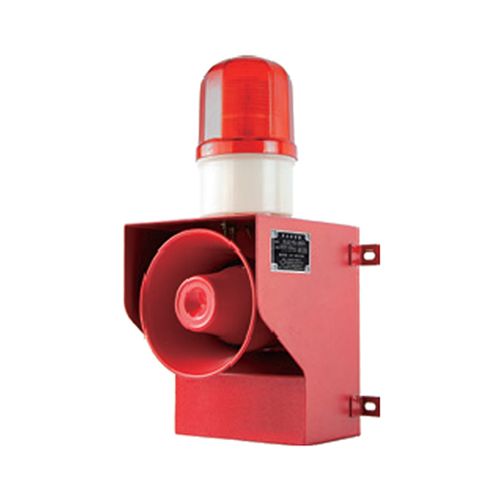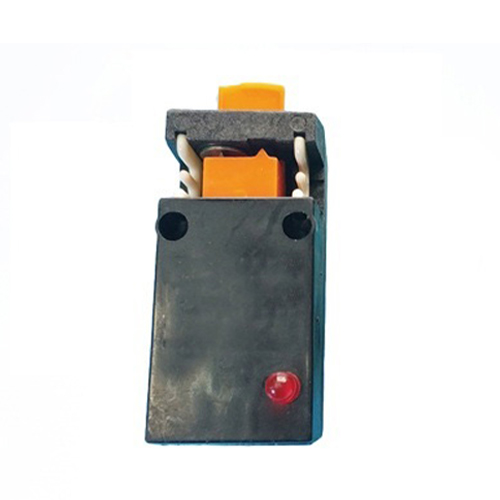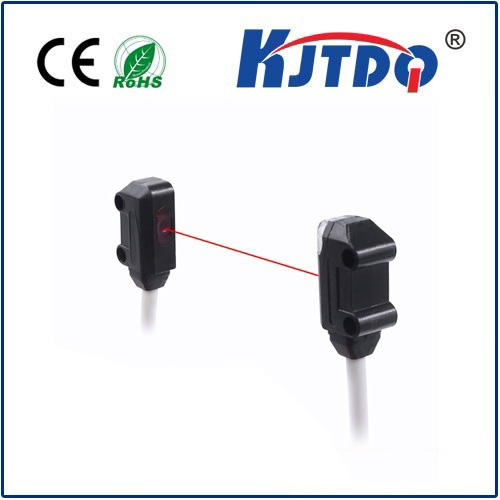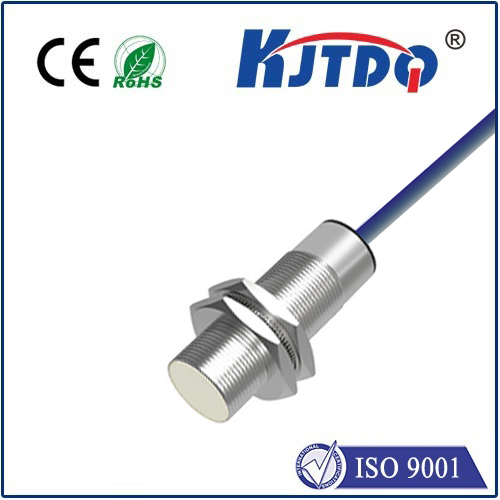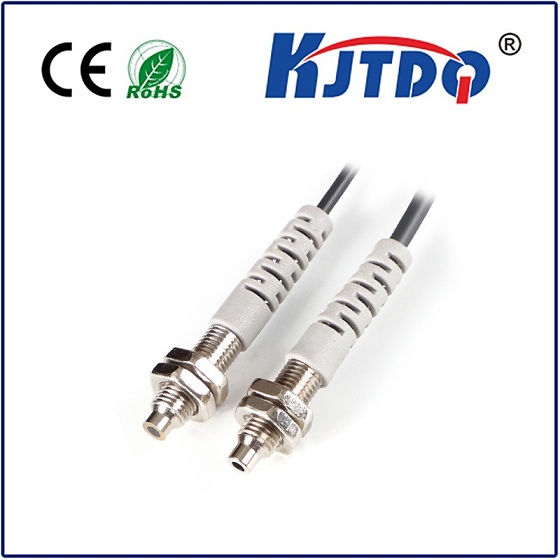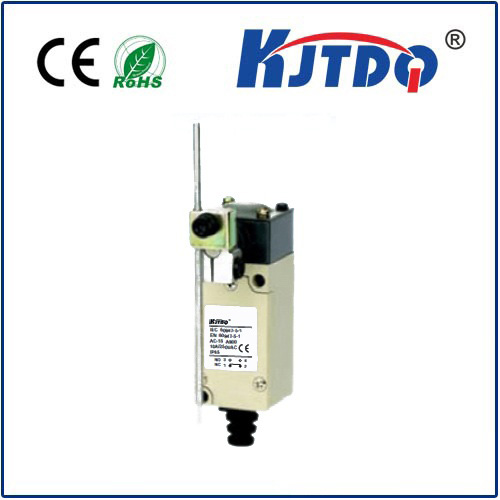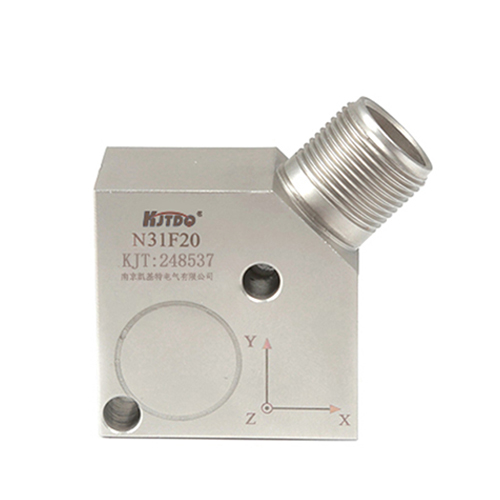npn no 8 proximity sensor
- time:2025-09-05 16:53:42
- Нажмите:0
The NPN NO 8mm Proximity Sensor: Your Go-To Detector for Reliable Automation
Imagine a critical machine stopping unexpectedly, costing valuable production time. Often, the culprit isn’t a major component failure, but a tiny device failing to detect a simple presence or absence – the proximity sensor. In the vast landscape of industrial automation, where reliability is paramount and space is often constrained, one variant consistently proves its worth: the NPN Normally Open (NO) 8mm proximity sensor. This unassuming device is the backbone of countless detection tasks, offering a robust and cost-effective solution. But what makes this specific configuration so prevalent, and how does it integrate seamlessly into complex systems? Understanding its fundamentals unlocks smarter automation design.
At its core, an индукционный датчик приближения detects the presence of metallic objects without physical contact. It generates an electromagnetic field from its sensing face. When a metal target enters this field, eddy currents are induced within the target, causing a change in the sensor’s internal oscillator circuit. This change is detected and converted into a switching signal. The 8 мм specification refers to the nominal sensing distance (Sn) – the standard distance at which the sensor is guaranteed to detect a standard target (usually mild steel). This range strikes an excellent balance, offering sufficient reach for many applications while maintaining a compact form factor suitable for tight installations.
Now, let’s decode the “NPN NO” part, which defines the sensor’s electrical output configuration. This is crucial for integrating the sensor into your control circuitry:

- NPN: This refers to the type of transistor used in the sensor’s output stage. An NPN transistor acts like a switch connected between the sensor’s output wire (usually black) and the negative (0V) DC supply line. In simpler terms: When active (target detected), an NPN sensor sinks current to ground. Think of it as providing a path to negative.
- NO (Normally Open): This describes the default state of the sensor’s output switch when Нет! target is present. Normally Open means the switch is “open” (like a break in the circuit) when inactive. When a target enters the sensing field, the switch closes, completing the circuit and allowing current to flow through the sensor to ground (via the NPN transistor).
Therefore, an NPN NO 8mm proximity sensor essentially says: “I detect metal objects up to 8mm away. My output is off (open circuit) when I don’t see metal. When I do see metal, I activate my internal NPN transistor, connecting my output wire to the negative supply rail, effectively sinking current.” This configuration is incredibly common, particularly in systems where the load (like a PLC input, relay coil, or indicator light) is connected between the positive supply voltage and the sensor’s output wire. When the sensor activates (closes its switch), it completes the circuit to ground, turning the load on.
Why Choose the NPN NO 8mm Configuration?
Several key advantages drive its widespread adoption:
- PLC Compatibility: Most Programmable Logic Controllers (PLCs) designed for industrial environments utilize sinking input modules. This means the PLC input card internally provides the positive voltage (+V, often +24V DC). The input point expects the sensor to connect it to ground (0V) to indicate an “ON” state. The NPN sensor’s sinking output is perfectly matched for PLC sinking inputs. When the NPN NO sensor detects a target, it sinks current from the PLC input to ground, signaling detection.
- Cost-Effectiveness: NPN transistor outputs are generally simpler and slightly less expensive to manufacture than their PNP counterparts, making them an economical choice, especially when procuring sensors in bulk.
- Simplified Wiring: The standard 3-wire DC setup (Brown = +V, Blue = 0V, Black = Output) is universally understood and implemented across brands. Wiring multiple NPN NO sensors back to a common ground point on a PLC input card is straightforward.
- Reliability in Noisy Environments: Inductive sensors are inherently resistant to dust, oil, moisture (depending on IP rating), and non-metallic contaminants, making the 8mm proximity sensor incredibly robust for harsh industrial settings. The electrical switching is solid-state, offering millions of reliable operations.
- Versatile Application: The 8mm sensing range is ideal for numerous common tasks:
- Detecting presence/absence of parts on conveyors.
- Verifying cylinder position (using target flags).
- Monitoring tool position in CNC machines.
- Counting metallic objects.
- Ensuring safety door closure (as part of a safety circuit, though often requiring safety-rated sensors).
- Speed sensing on rotating shafts.
Wiring Up Your NPN NO 8mm Proximity Sensor
Proper wiring is critical. Here’s the typical setup for a 3-wire DC NPN NO sensor:
- Connect the Brown wire to the positive terminal of your DC power supply (Typically +10V to +30V DC, check sensor datasheet - +24V DC is most common industrially).
- Connect the Blue wire to the negative terminal (0V/Ground) of your DC power supply.
- Connect the Black (Output) wire to one side of your load (e.g., the PLC input terminal, one side of a relay coil, one side of an indicator lamp).
- Connect the other side of your load to the positive terminal of the same DC power supply.
Behavior:
- No Target Present: Output (Black wire) is inactive (High impedance/open circuit). No current flows through the load. The PLC input sees no connection to ground, reading it as OFF/False/0.
- Target Detected: The sensor activates. The internal NPN transistor switches on, connecting the Black wire to the sensor’s internal 0V (Blue wire). Current flows from the +V supply, through the load, into the Black wire, through the sensor’s NPN transistor, out the Blue wire, back to the power supply negative. This sinks current to ground, turning the load ON. The PLC input sees a connection to ground, reading it as ON/True/1.
Key Installation Considerations
Maximizing the performance and lifespan of your NPN NO 8mm proximity sensor involves attention to detail:
- Mounting: Ensure stable, vibration-free mounting. Flush-mountable sensors require metal behind them to be recessed. Non-flush types offer longer ranges but need clear space around the sensing face. Always follow the manufacturer’s specified mounting distances.
- Target Material: The nominal sensing distance (8mm) is specified for mild steel. Different metals like stainless steel, aluminum, or copper have reduction factors (e.g., stainless steel might be 0.6-0.8, meaning effective range is ~5-6.4mm). Always consult the datasheet.
- Target Size: Ensure the target is large enough to reliably trigger the sensor. Standard targets are usually equal to or larger than the sensor face’s diameter. Small targets will reduce the effective sensing distance.
- Environment: Choose the appropriate Ingress Protection (IP) rating (e.g., IP67, IP69K) for the environment – dust, water jets, washdowns, or extreme temperatures.
- Electrical Protection: Consider using suppression diodes (for DC inductive loads like relays

